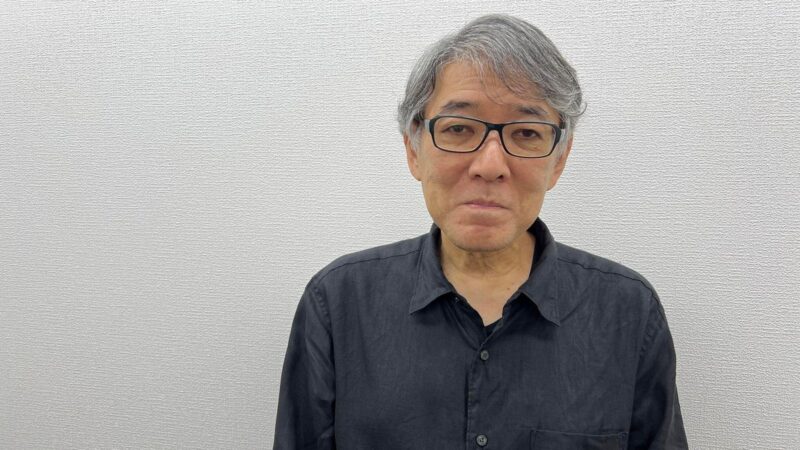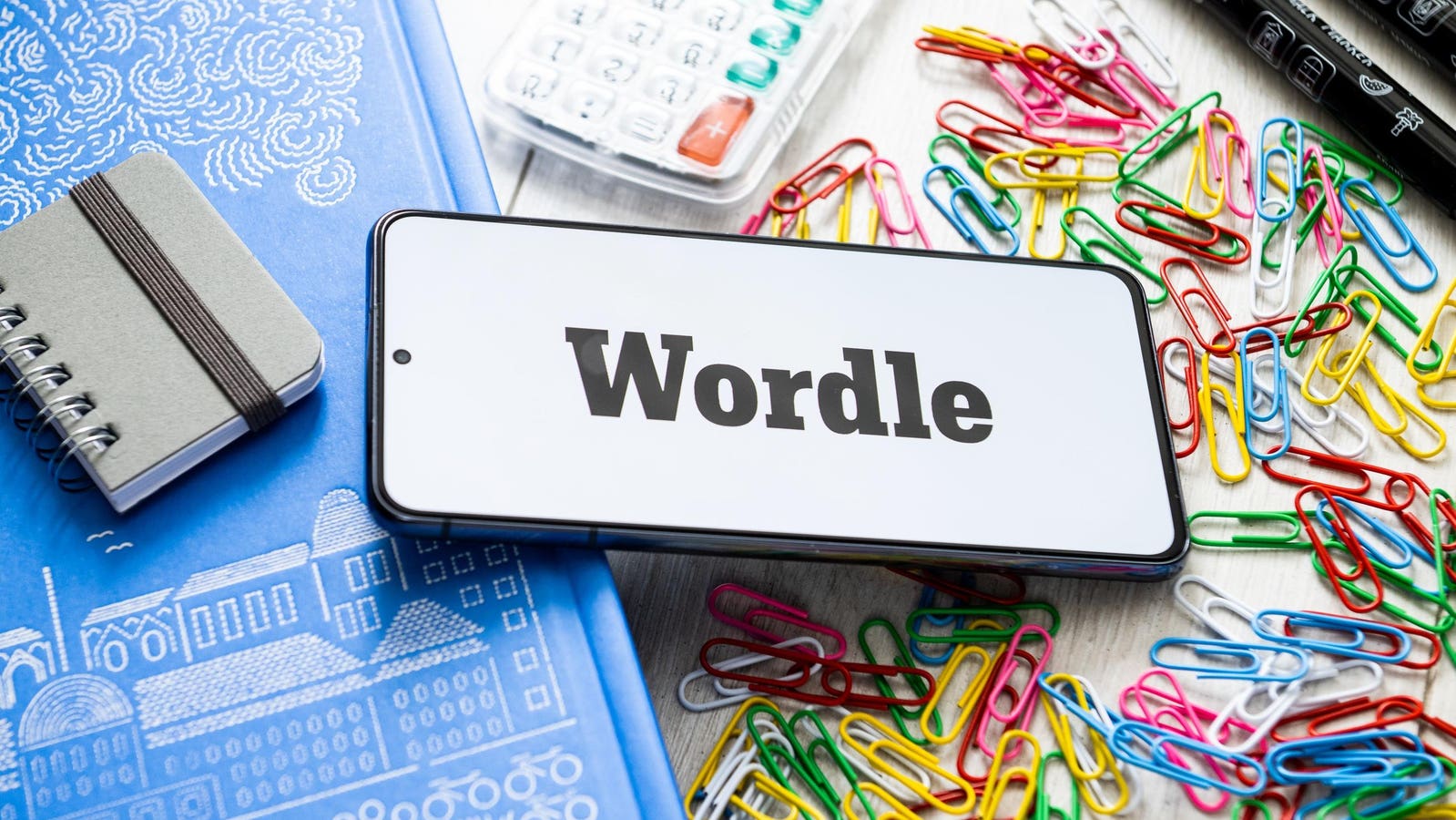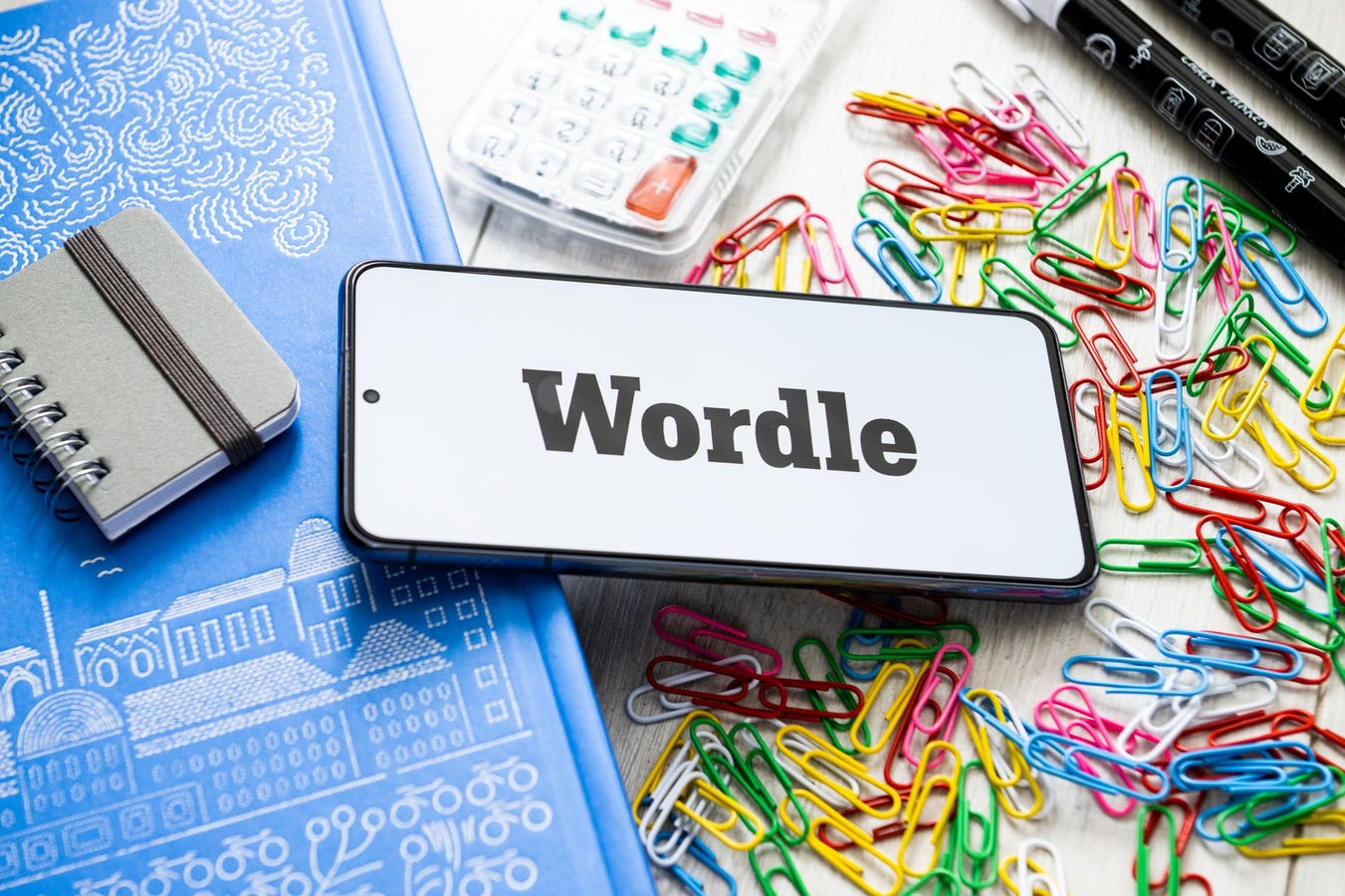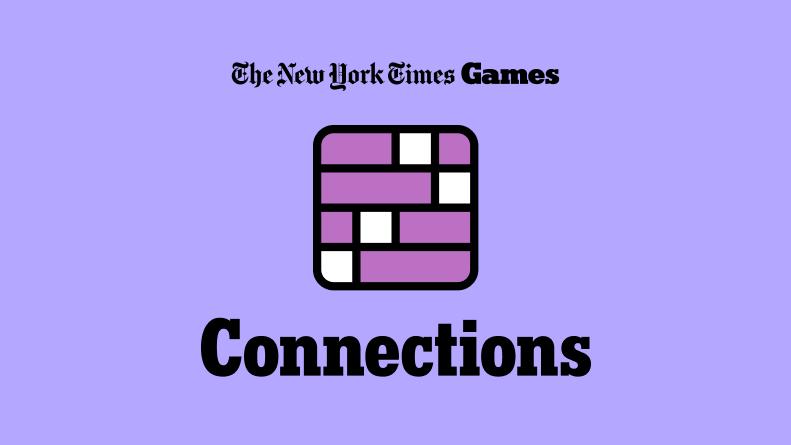Artist and manga creator Haruhiko Mikimoto.
Ollie Barder
One of the most famous figures in anime character design and art direction is Haruhiko Mikimoto. So I sat down with him to find out more about his work.
For most anime fans, Mikimoto first came to prominence with the original Macross TV series, but how he ended up in that position is quite an involved story.
However, before we got to that, I was curious about where Mikimoto grew up and what interested him as a child.
“I was an only child, so as I was growing up, watching TV was one of the main activities I engaged in. For manga, up until around mid-elementary school, I didn’t really have the chance to read that much of it. Once I reached a higher grade at elementary school, I used to buy some manga and read them, mainly when I got some pocket money from my grandparents. Even things like the weekly manga magazines, I didn’t have much access due to my limited funds. Friends did share them around, though, from time to time.
“With manga, my parents would occasionally buy me a tankobon as a souvenir on their way home from a business trip, but they didn’t really know what I was interested in, so what I got was pretty random. Obviously, I knew what I was interested in, such as Tetsujin 28-go and Tetsuwan Atom, but later on, they noticed those were the manga I read. The main issue was that they would get me earlier copies, and those didn’t finish the story within one volume. So I always had the first volume, but never the second or third. That meant, as a child, I was highly frustrated that I would never get to know the rest of these stories.
“That meant I started to buy my own comic books as I grew older, once I joined junior high school. The issue was that the pocket money I got didn’t stretch very far, which meant I could only buy one or maybe two volumes at a time. I also adored Cyborg 009, but before I bought any copies, I would check at the bookstore that the story arc would finish within one or two volumes. So if the story was set across six volumes, I couldn’t buy it in one go, and that would result in me getting frustrated again. Thankfully, back in those days, the bookstores would let you stay around and read. However, I tended to start from the last volume and work back. This meant that I could watch a film or soap drama, even if I knew how it ended, I would still enjoy it, mainly because knowing how something ended doesn’t spoil it for me. This is probably a byproduct of my frustration with only seeing how so many stories started, but not how they finished.
“Not to mention that because of my situation, I would re-read the volumes of manga I had over and over again. That meant that if a friend showed me a single pane from a manga, I would very likely be able to tell them all about it.
“So when I started to draw things, almost as doodles and never in a way that I thought it would eventually become my job, it was mostly to entertain myself. I also wasn’t a very gregarious child; I was quite introverted. That meant when I changed classes and all my previous schoolmates disappeared, I wasn’t the type of person who would talk to the new kids all that easily. However, if I drew something, that could sometimes bring people over and have them talk to me. In some ways, I felt my drawing was a way to start conversations with people. It also meant that the people who talked to me were already interested in the same things, so I could come across more like-minded people easily.
“It was much later when I started to think about drawing art as a career. When I finished high school and went to university, I met a group of about ten people who were interested in anime, such as Shoji Kawamori, who later went on to direct Macross, as well as Hiroshi Ohnogi and Norihiko Harada. We all felt that we might do something as a job that we were interested in, but we were all complete amateurs back then. We all used to spend time after school talking about anime; it was a very enthusiastic group of people. I think the first time that I became conscious that I would like this kind of creative work was after we’d done Macross. Until then, it was something that I was interested in, but it kind of fell upon me by being part of this enthusiastic group.
“In this group, we had Kawamori and Harada, and they were really skilled at mecha. Whereas I was better at drawing the girls, so what I did was in a different field. Meanwhile, there was a guy called Fujihiko Hosono, and he was extremely skilled and good at drawing manga. Looking at his work back then, I was in awe. Hosono also had a clear vision that this was something he wanted to do professionally, and so worked to that end. So when I stepped back and looked at my work, I felt a bit overwhelmed. I thought I could maybe do my own drawing as a career, but my peers were already really very capable.”
Macross, Orguss And Becoming A Professional
It wasn’t long until Mikimoto and his friends ended up taking their interest in art and animation to actual studios, and it’s here where things get a little different compared to other people in anime.
“Because I was already hanging out with Kawamori, and at this point, Kawamori was visiting Studio Nue, I felt I was maybe two to three steps behind him. I always tagged along to Nue, though. It also helped that it was in the direction of my home. I never felt I worked there to begin with, just that I was having a look and enjoying being there. Eventually, Kazutaka Miyatake and Kenichi Matsuzaki began to talk to me about a project they had for animation. It wasn’t Macross, it was before that. That said, I felt that this was a good place to improve my skills, and so I would do a lot of drawings for them. After about a year of this, I think this was the start of what I would call work, but I really viewed that time as a means to practice and better my skills. Then, eventually, Macross came around, but normally, character design was meant for more experienced people, not for someone who just came out of nowhere. Following this, people like Noboru Ishiguro and Studio Nue staff members discussed my future and decided to give me experience as an animator. So I started off from there, and this is when it became more like work. I was also helping out Hosono around this time with editing, too.
‘Macross Do You Remember Love?’ was one of the biggest anime movies of the 80s.
BigWest
“I think maybe my notion of professionalism wasn’t that developed back then, but there is a marked difference between doing something as an amateur or a professional, obviously, because there was a very strict deadline, whereas with a hobby, there isn’t. I was so busy and sleep-deprived, and I would often struggle to find time to go home. This was an issue for me because I have slightly oily hair, and I would want to go home and have a bath. I remember that we worked late a lot, and I would go out with Kawamori to get something to eat and maybe detour to an arcade to play some games. The main thing was that the time was extremely tight.
“Due to the fact that my time as a trainee was relatively short, occasionally Miyatake might say something quite severe about my work, but I am very grateful for all the advice I received now that I look back on it. However, my trainee period was really short, but then my name was known throughout the Macross project, and I was drawing pictures for covers of various magazines. I had so many things asked of me so quickly, without much time to work my way up there. Whereas there were other very capable people in the industry who had to wait years before they became known. Looking back now, I am a little ashamed of some of the work I hurriedly finished. If it had continued on that way, I think that would have been a bit dangerous for me, as I wouldn’t have appreciated the toughness of the industry.
“Even by the time of Orguss, I didn’t really feel like a professional. When I was working on Macross, there were people like Ichiro Itano handling mecha animation at the studio, along with Kawamori. For them, they thought the quality was paramount. So that was the focus. That meant that when it came to the schedule, we were often delayed, or maybe a bit more relaxed. However, the quality was patchy, as some episodes came out great and others not so much. It wasn’t very even. When it came to Orguss, which was in a different studio, the schedule was the focus, and the finish had to be more even. I was also called in to fix things with the animation, which was difficult, and the deadlines were much tougher. So I learned a different approach to production, and that was surprising.
“I was involved in Orguss’ production directly until about episode 15 or so, and then I was pulled off that to work on Macross: Do You Remember Love?, which was already underway in terms of its pre-production by the time I joined. Kawamori was also the director this time, which was different from the TV series. I joined just after Kawamori had done the image boards for the movie. That meant for me the starting point was different between the Macross TV series and the movie. In terms of the work itself, it was obviously hard, but you could at least call it regular. The production team, people like Toshiki Hirano and Narumi Kakinouchi, who later married, would also pick me up and drop me off at Tatsunoko Productions and Anime Friend. This would go on until we were picked up again and dropped off elsewhere, where I would carry on with the illustration work. It was regular.
“Maybe now, if you do the drawing, there would be certain rules, dos and don’ts. Back in those days, though, we were using magic pens, and that all came from the opening of the Macross TV series, which was done by Hirano. I remember looking at that and thinking it was so cool. So I took that idea to use that black pen. I would also look at all the other work illustrators did at that time and try to use that in my own work.”
Shoujo Manga And Making Manga
Mikimoto also has a love for shoujo manga, but has done manga himself. Something he was happy to talk about.
“To be honest, apart from manga and anime, I didn’t really look at other types of art. However, I think these days, now that I look back on it, my work has been influenced by shoujo manga, such as the work of Keiko Takemiya, Moto Hagio, and Yoko Tadatsu. Apart from those manga artists, I also think picture books by Chihiro Iwasaki and Keibun Ota, as they often used a style where they would intentionally change the proportions of the character, and that definitely influenced me.
“In terms of international art, I may have glanced at it, but if we talk of other major influences, then that would be Yoshikazu Yasuhiko, from his work on the original Mobile Suit Gundam. I really feel that Yasuhiko brought the level of Japanese illustration into the realm of actual paintings, rather than just drawings. He was really a pioneer, and I still feel that my work is some steps behind his. They really established this, I feel, as during their era, there was no real distinction made between the illustration in manga or anime.
‘Gundam: École du Ciel’ was one of the first entries in the ‘Gundam’ saga to feature a female protagonist, long before ‘The Witch from Mercury’.
Sunrise, Kadokawa
“For the Gundam novel covers I did, there was sadly no involvement from Yasuhiko. I almost got to work with Yasuhiko on Crusher Joe, but I was fully loaded in terms of work on the Macross movie. Since then, there’s been nothing in terms of collaboration. I think this is more down to the fact that, at one point, Yasuhiko left anime for a while and concentrated on manga, and I was on my own career track, so there wasn’t much in the way of crossover.
“For me, when it comes to manga, the story has to be built by each pane, almost like a storyboard in a way. Also, a lot of the work on manga has to be done by you, and that makes it somewhat hard. In my case, I’m also not good at coming up with stories.
“When it came to the Gundam: École du Ciel manga, Kadokawa approached me to do it. So while I was working on that, lots of other things happened in my life, and the series was put on hold. Obviously, I had to work on Macross projects and do other illustration work. That said, we have been recently talking about continuing this manga, especially as the story for it is more or less done. Some details still need to be discussed. Once that’s all sorted, this manga will hopefully continue on again.”
Megazone 23, Gunbuster and Gundam 0080
It was here we moved onto Mikimoto’s work across various famous OVAs, and it seemed that the production for each varied quite a bit.
“When it comes to Megazone 23, I am not entirely sure what happened, as the original plan for it was as a TV series. I also got involved with it about halfway through. The main thing I remember was that I was busy with Macross, and this Meagzone 23 project was going ahead with Ishiguro, Hirano, and Itano, all under Artmic. Out of nowhere, they came to me to make this one character, Eve. My initial reaction was just “what’s this all of a sudden?”. So I proposed a character with white hair and red eyes, because in those days, we still used cels and they didn’t reflect black lines neatly. However, it seems they felt that wasn’t appropriate, and people with more conventional ideas came in and changed things. This was because, at the time, they were still using cels, and the black lines wouldn’t show up cleanly. So the amount of freedom for the artwork felt somewhat limited.
“As for Gunbuster, it was the first project in which I was involved not as an animation character designer, but rather as the creator of the initial character concepts, what you could call the rough original designs. Again, I came on board after the project started and the story was mostly done, which meant the story wasn’t based around the characters I made. Hideaki Anno also had a really clear brief for each character, very detailed. Based on that, I made the characters accordingly. The producer at Bandai Visual back then was someone I’d also worked with on Macross, so through that connection, he reached out to me.” I think if anything, the people at Gainax were surprised I was chosen to work on the characters. I remember visiting Gainax to see what was happening with the production, and I was amazed that the artists at Gainax had recreated my character designs with all sorts of cutouts with new expressions, as these were used by the artists for reference. That means that if you have fantastic artists recreating my work, of course, it will look amazing, and that’s down to them.
“Obviously, I don’t know much about business, and I’m not sure I can comment on Gainax’s recent bankruptcy, but I think too much success can also come with its own problems.
“Moving on to Gundam 0080, that was very different because in this anime, there were lots of older men, and it seemed that the director, Fumihiko Takayama, didn’t want to put cute girls everywhere. Was I really meant to draw all these old men? Thankfully, Takayama and mecha designer Yutaka Izubuchi, as well as Shigeru Horiguchi, took me to one side and showed me cutouts and movie pamphlets, as well as lots of other references on how to properly draw older men. Toshiyuki Kubooka also helped. Takayama, in particular, instructed me on how to do convincing wrinkles and how a face would sag with age. Izubuchi was also really helpful with this. With all that help, even though it was tough, I’ve now come to find it enjoyable to draw older men as well.
“Recently, I got a commission from Kadokawa for Gundam ACE to draw a cover Gundam 0080, and I assumed I would be drawing Christina Mackenzie, but instead it was for the four old guys and their Hy-Goggs and Z’Gok-E. I think this was also the first cover I did that didn’t feature the main characters and had no women.”
The artwork Mikimoto did for the Gundam ACE cover featuring the Zeon team from ‘Gundam 0080’.
Sunrise, Kadokawa
Gundam Hathaway And The Future
Finishing up, we talked about his original work on the Gundam Hathaway novels, and I learned that he had never met Yoshiyuki Tomino for illustration meetings.
“When it came to the Gundam Hathaway novels by Yoshiyuki Tomino, I never met with Tomino for the work I did. Even on the older Gundam novels I mentioned earlier, I never met with Tomino on those either. I think maybe for the V Gundam novels, I did receive a rough sketch in terms of direction, but that was it.
“In the past, I also did characters for various Gundam games, but I did somewhat of a rushed job on those, and heard that Tomino complained. So when I did some recent artwork for Gundam novels, I even went back and updated some of my older artwork, by way of making an apology. It’s the same with Yasuhiko; I am in awe of these people, but I’ve never really directly worked with them.
“When it came to the Gundam Hathaway movie, they kindly credited me as the original character designer, but the animation production for that was an entirely separate setup. They retained some of the accents of the normal suit design I did, which was nice.
“While people commission work from me, I obviously want to do my best, be it animation or anything really. Also, it’s not as though my older age prohibits me from drawing, but I do feel that character design for animation reflects its time. That means you have a certain popularity for a type of look over time. So as long as I get work, I will do my best. Also, for the manga side, as we discussed, there are projects that are still on hold, and I want to recommence those and finish them. Mainly because I hope to write something else after those are completed, so I really need to finish these other manga before I can concentrate on that.
“I also think, looking back at my work, that I am more suited to illustration. These include the prints and the exhibitions for those, and I’d like to continue doing those. I also know my work is sold quite expensively, so I want to make sure that the quality of my work really justifies the price. Whatever work I did when I was younger, I was always looking ahead to the people in front of me and wanting to learn from their skills. However, now is the era of CG and all that, and I feel that the younger generations have the skills and ideas that I never had before. So I not only feel I need to learn from those ahead of me, but also the younger generations that are coming up. Their work is very different and very new. So I want to keep that flexibility of the mind that I can look at younger artists and acknowledge they have something I lack, and can learn from.”
If you are interested in the other interviews I’ve done with creators like this, then you can browse through links to those here.
Follow me on X, Facebook and YouTube. I also manage Mecha Damashii and am currently featured in the Giant Robots exhibition currently touring Japan.









